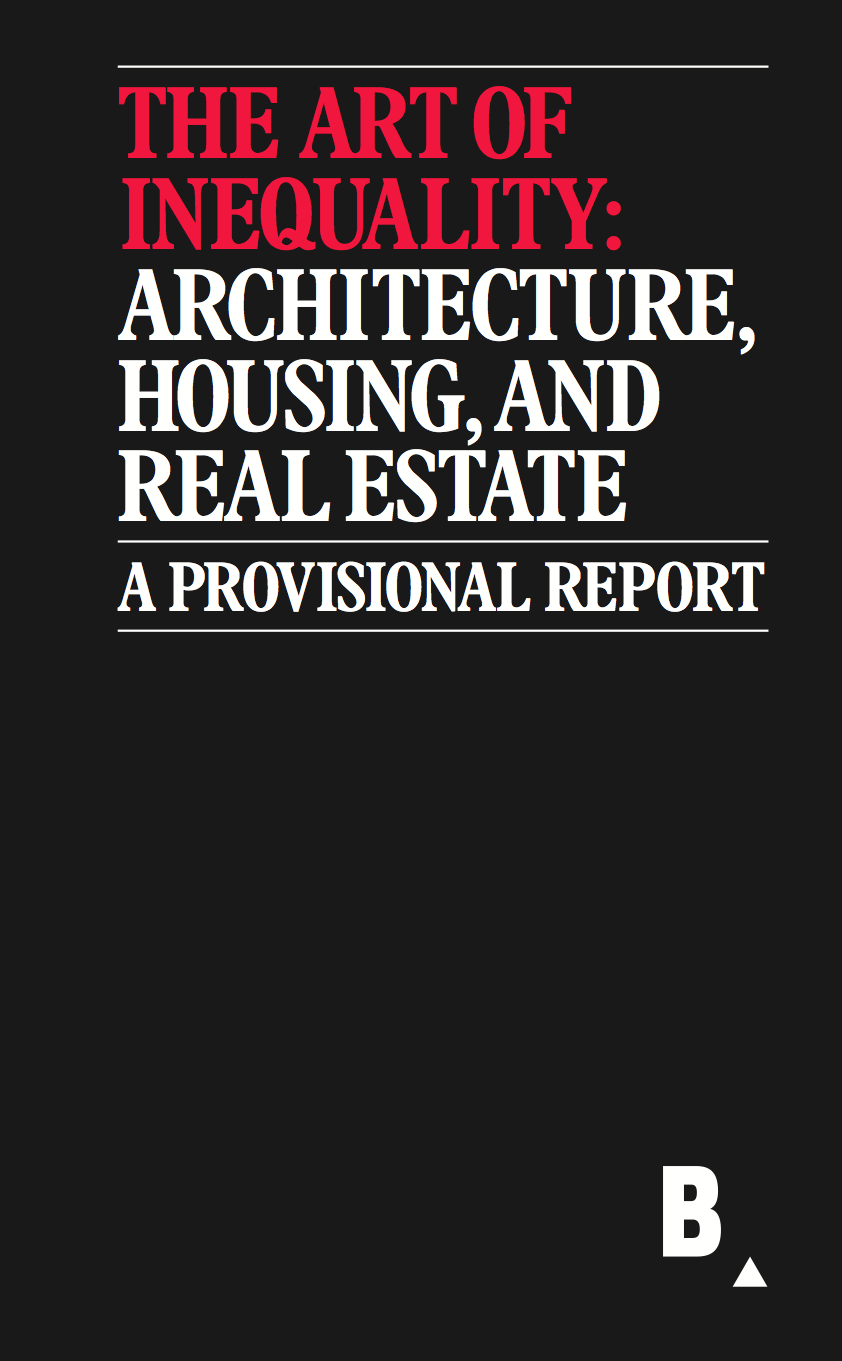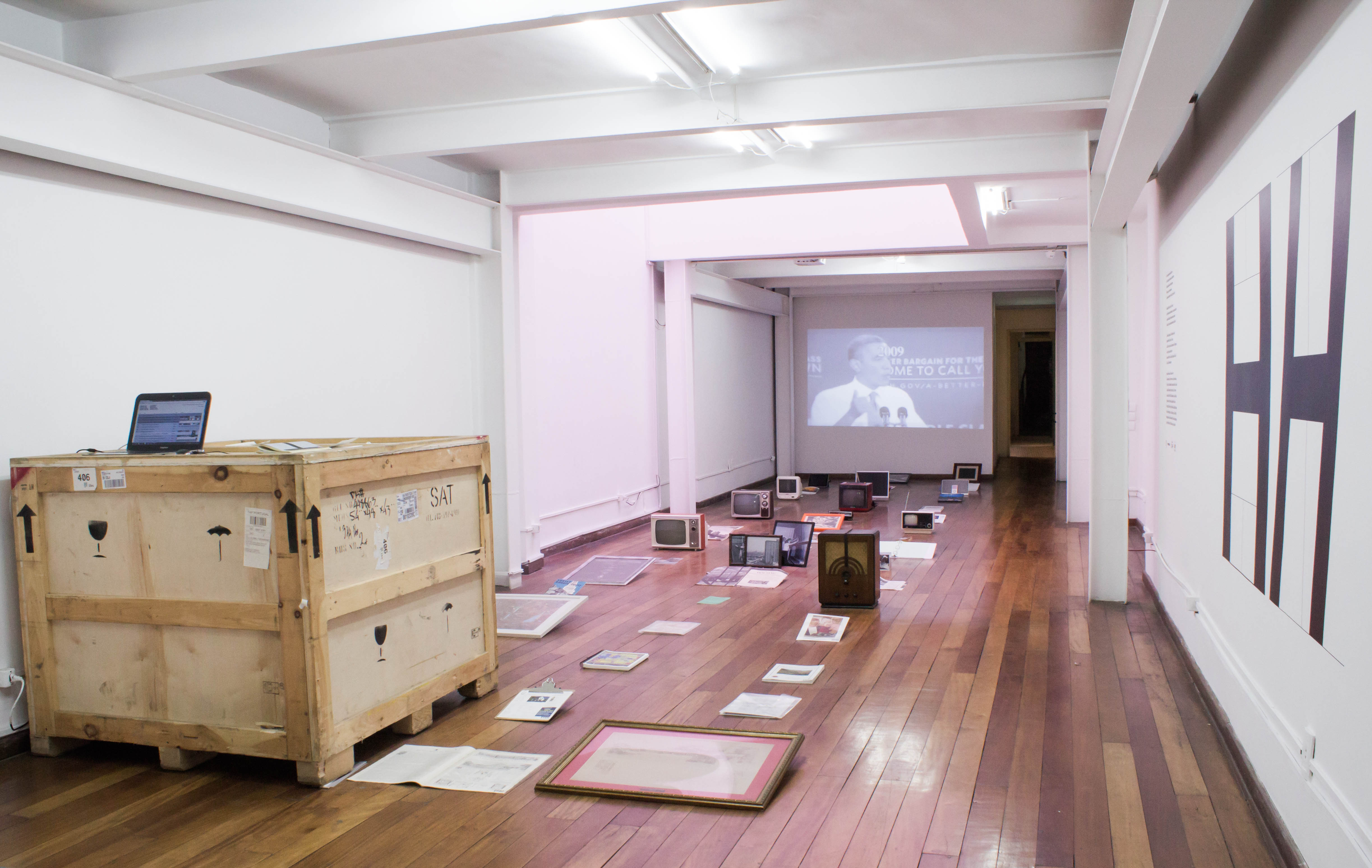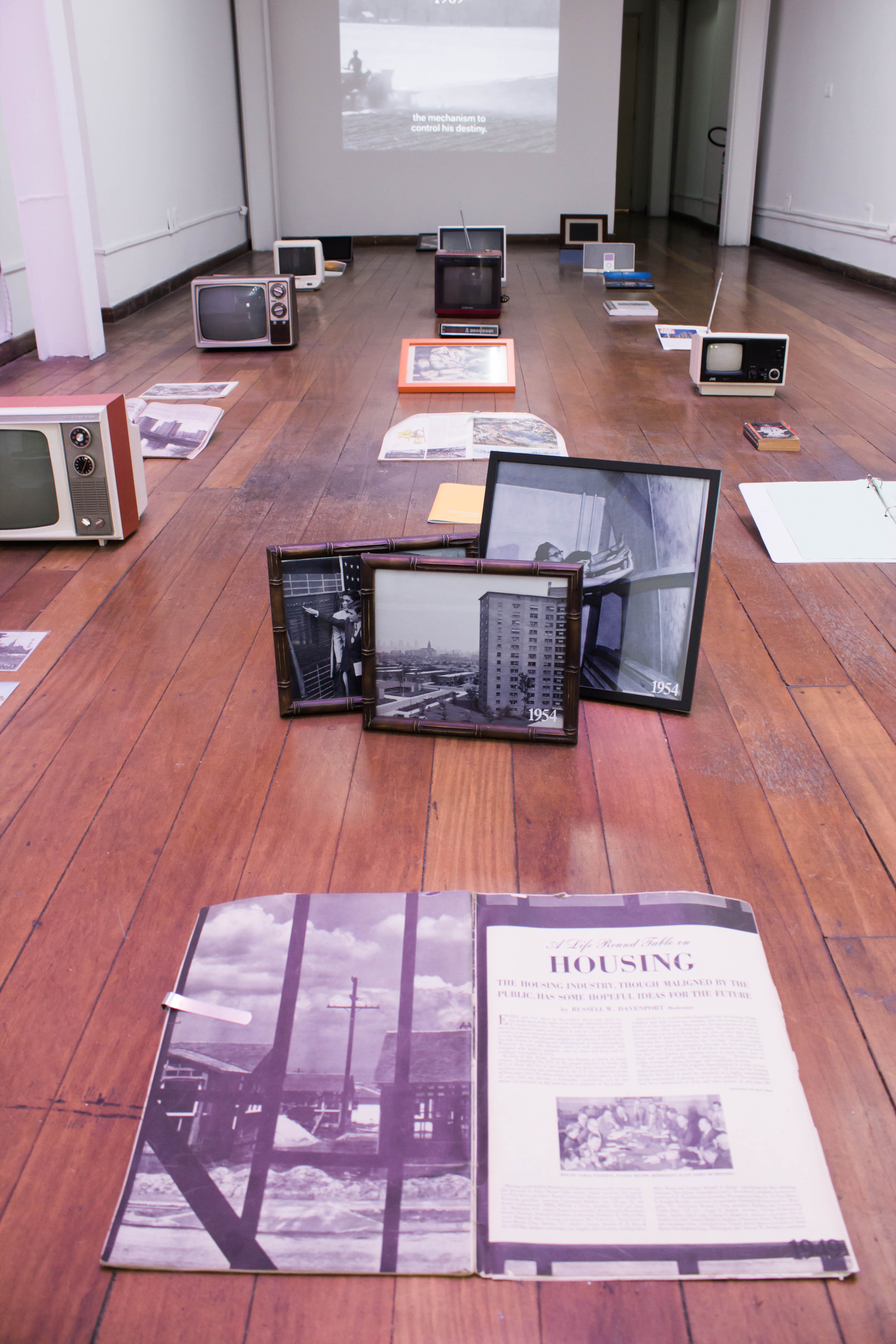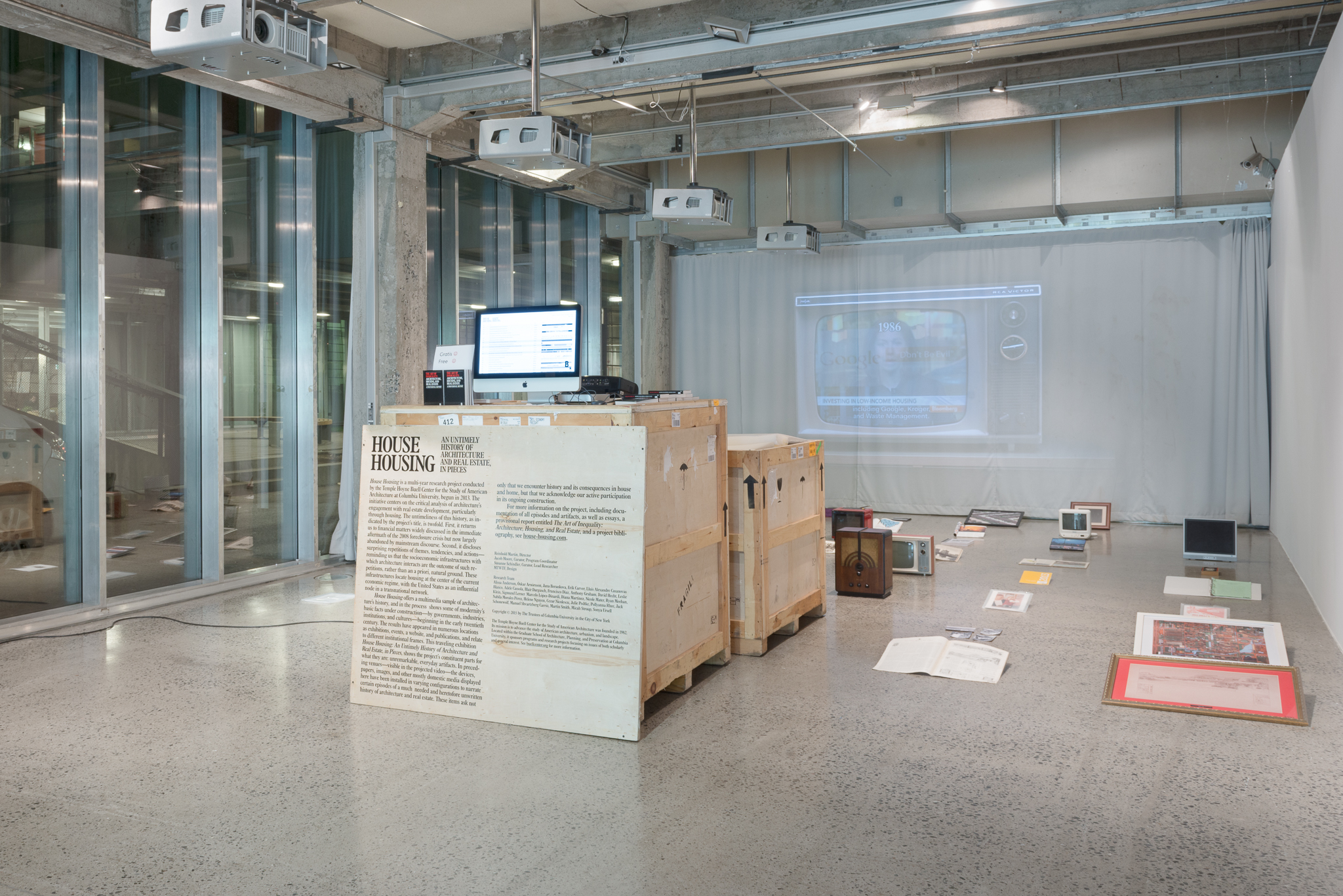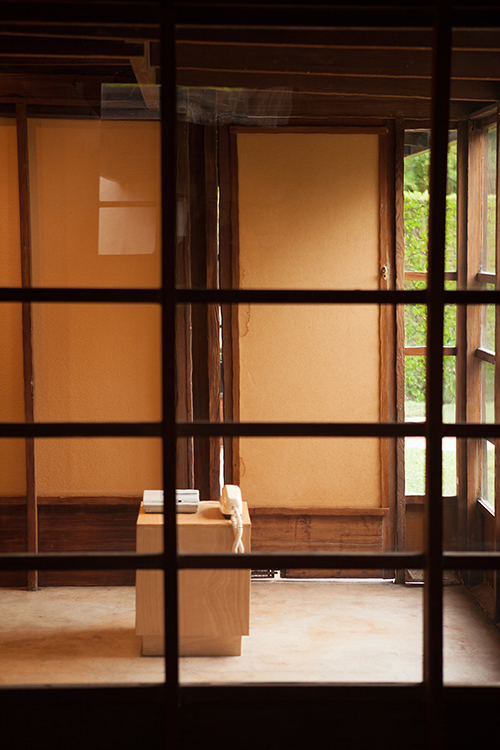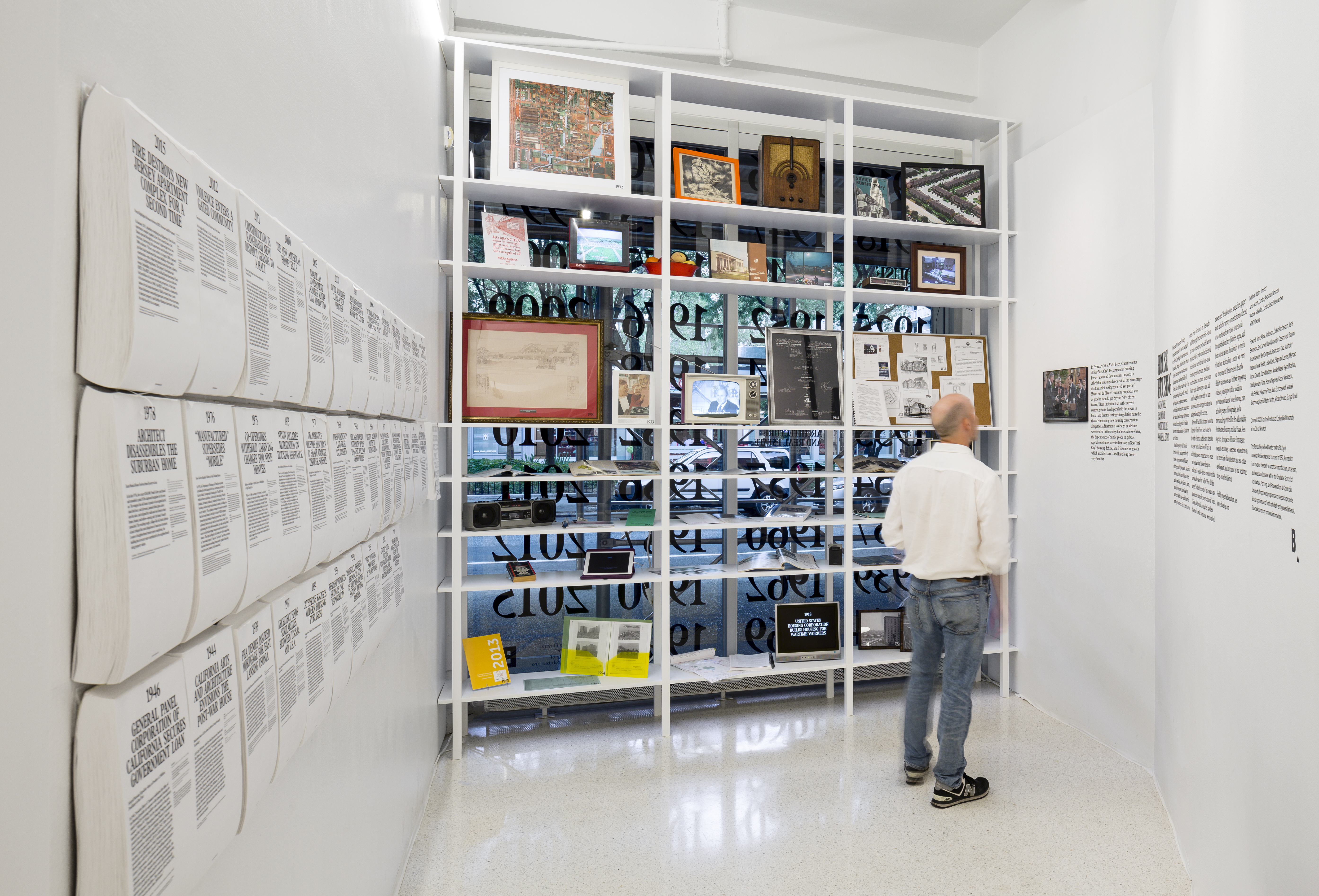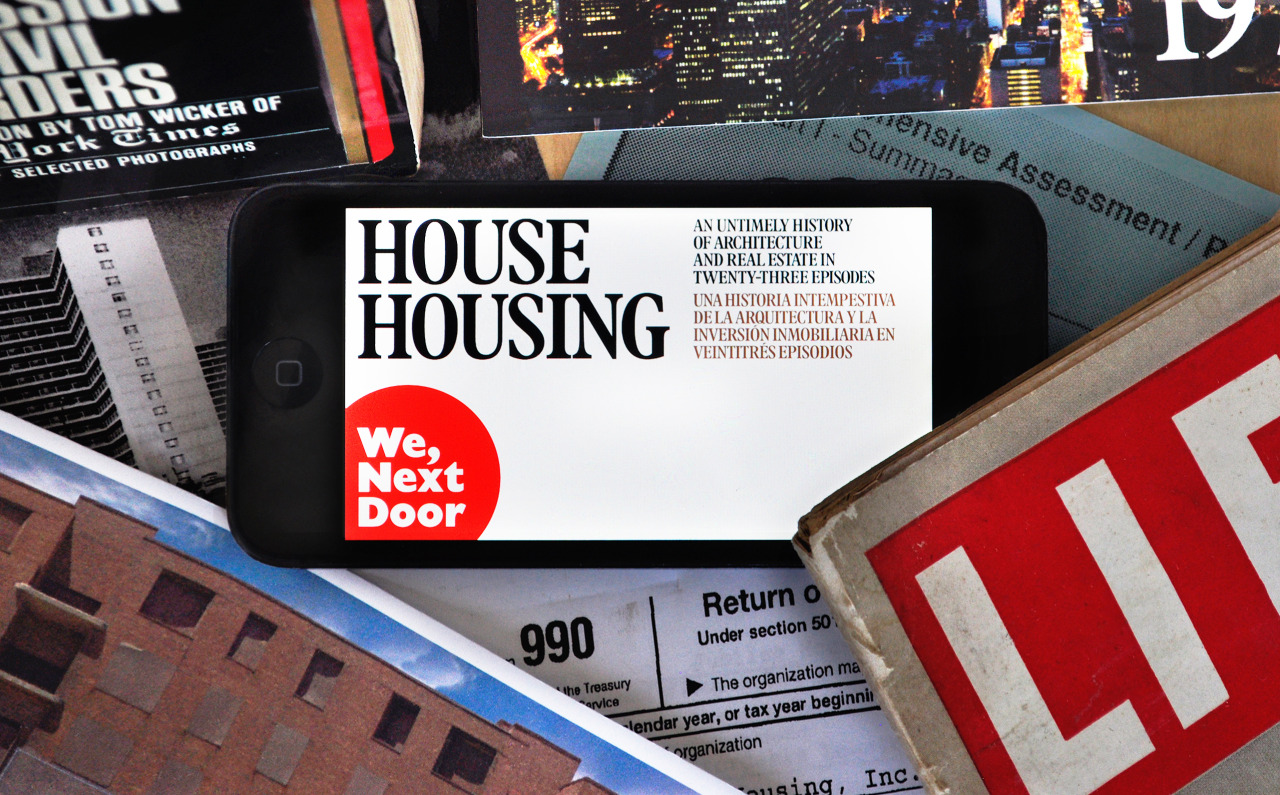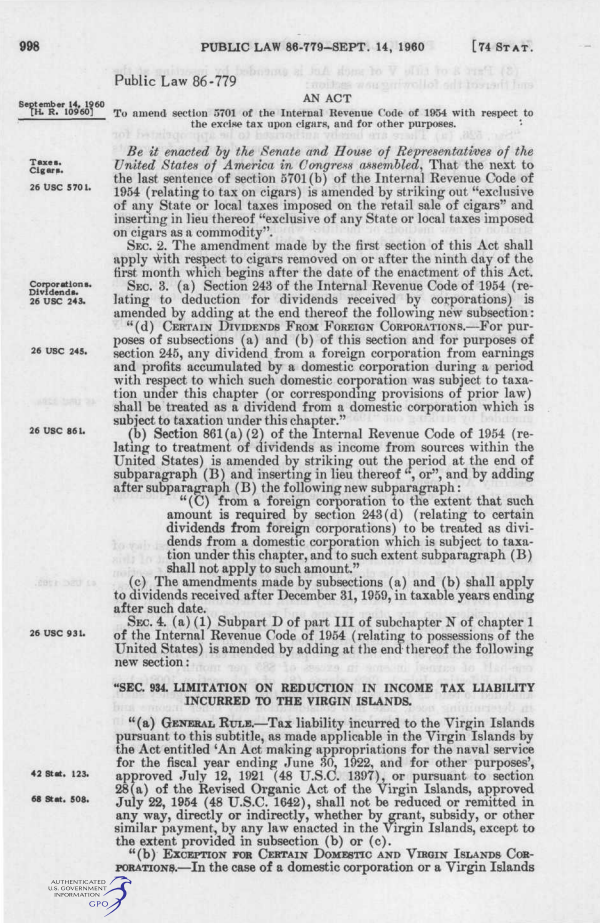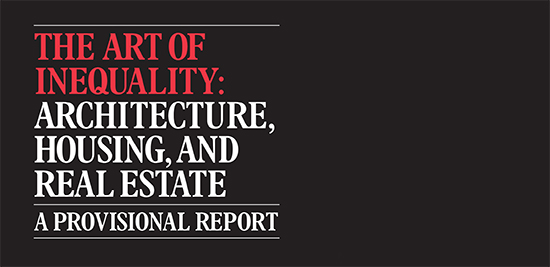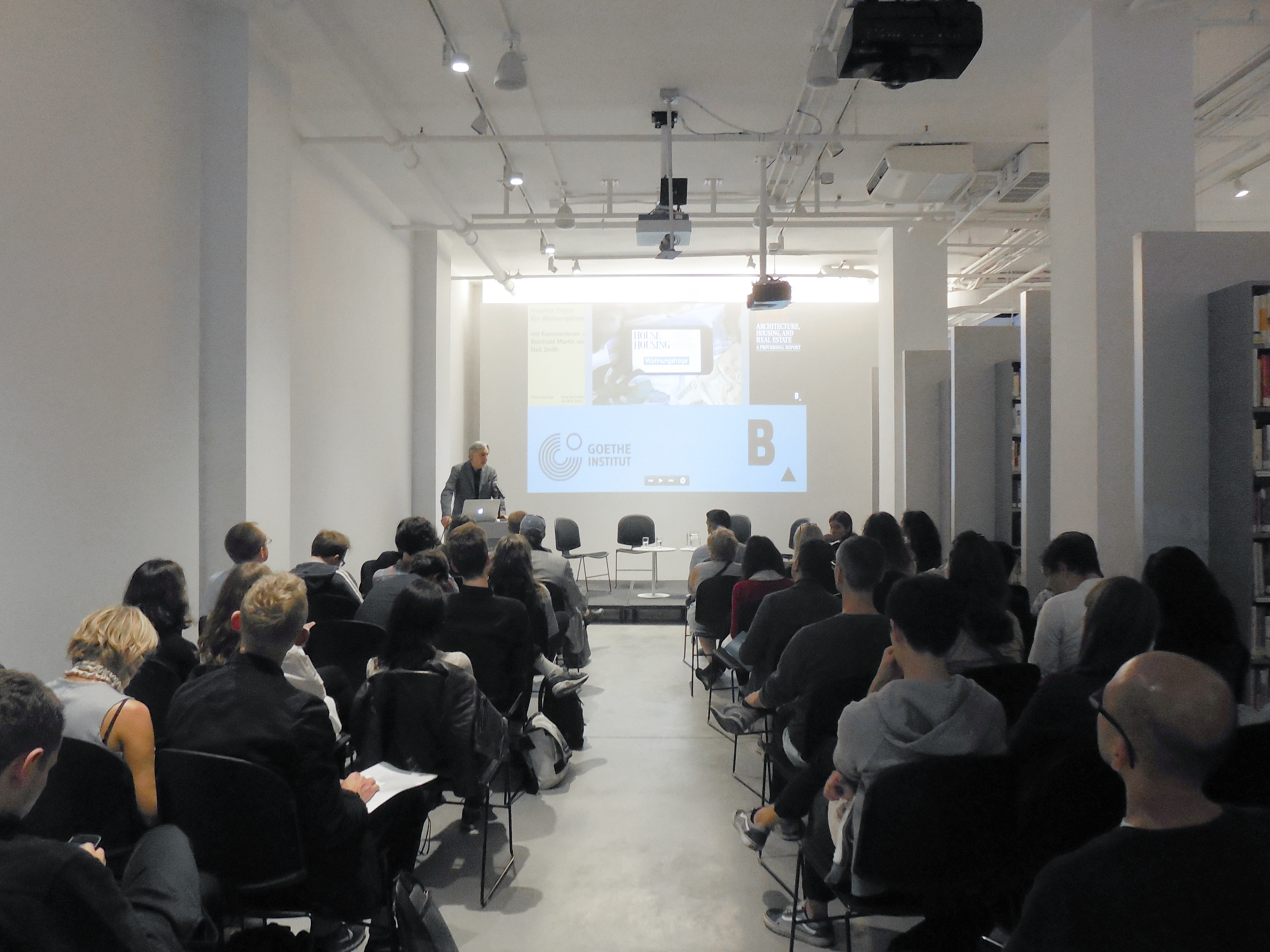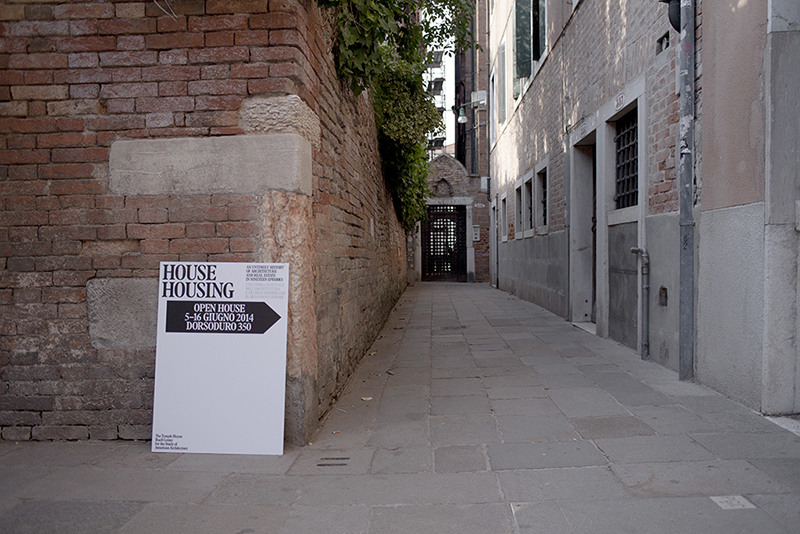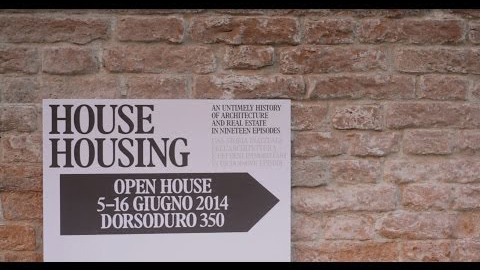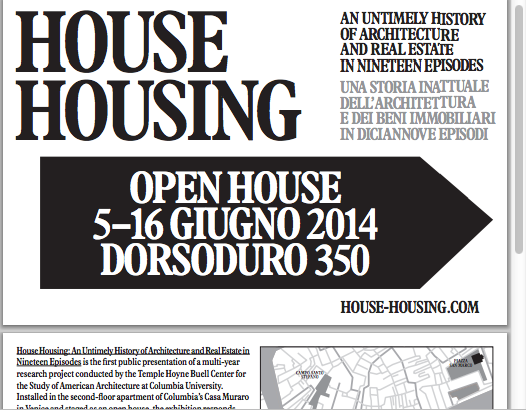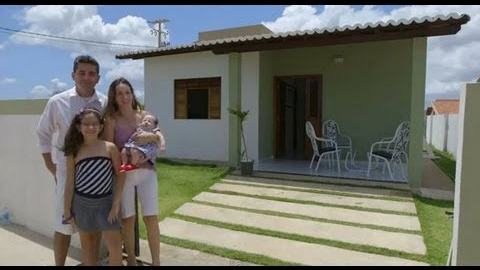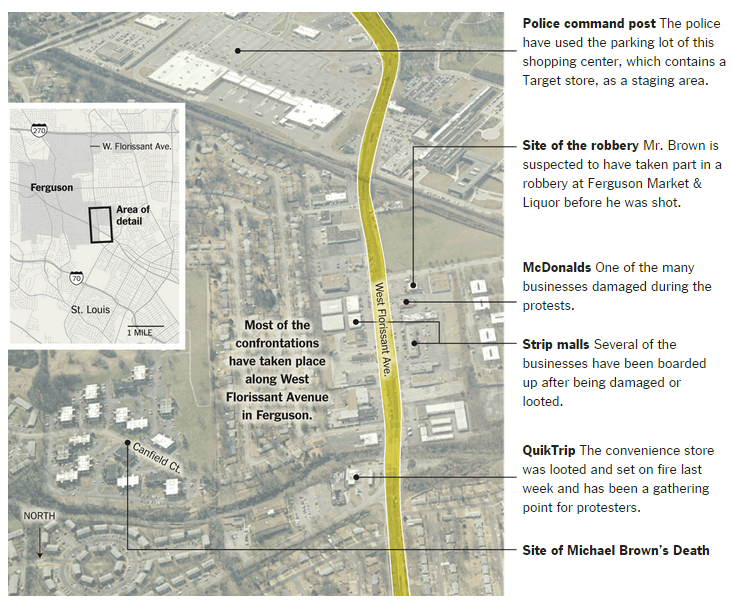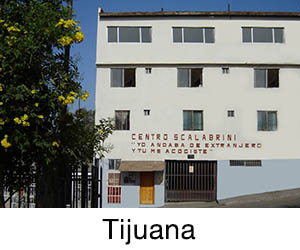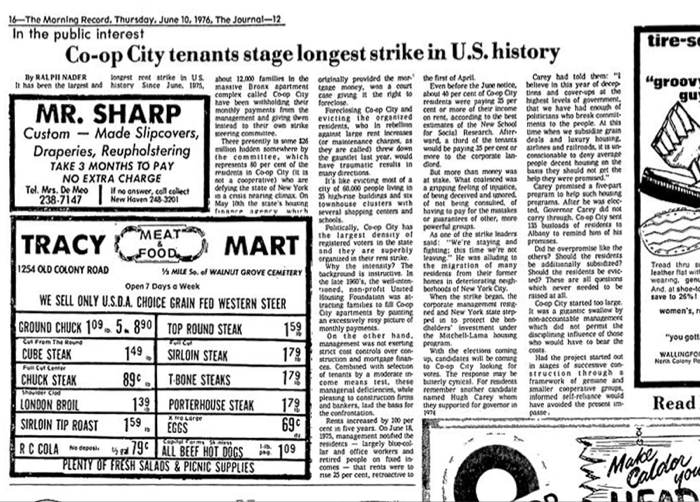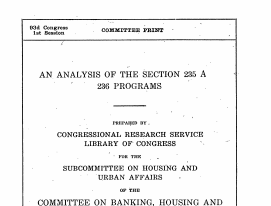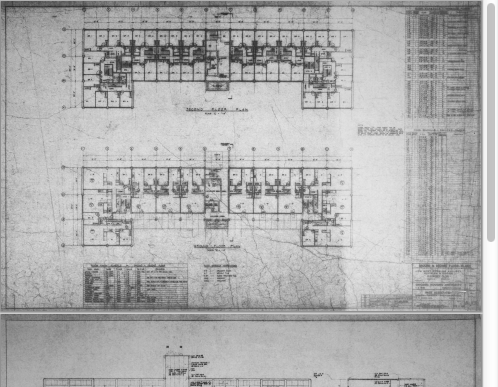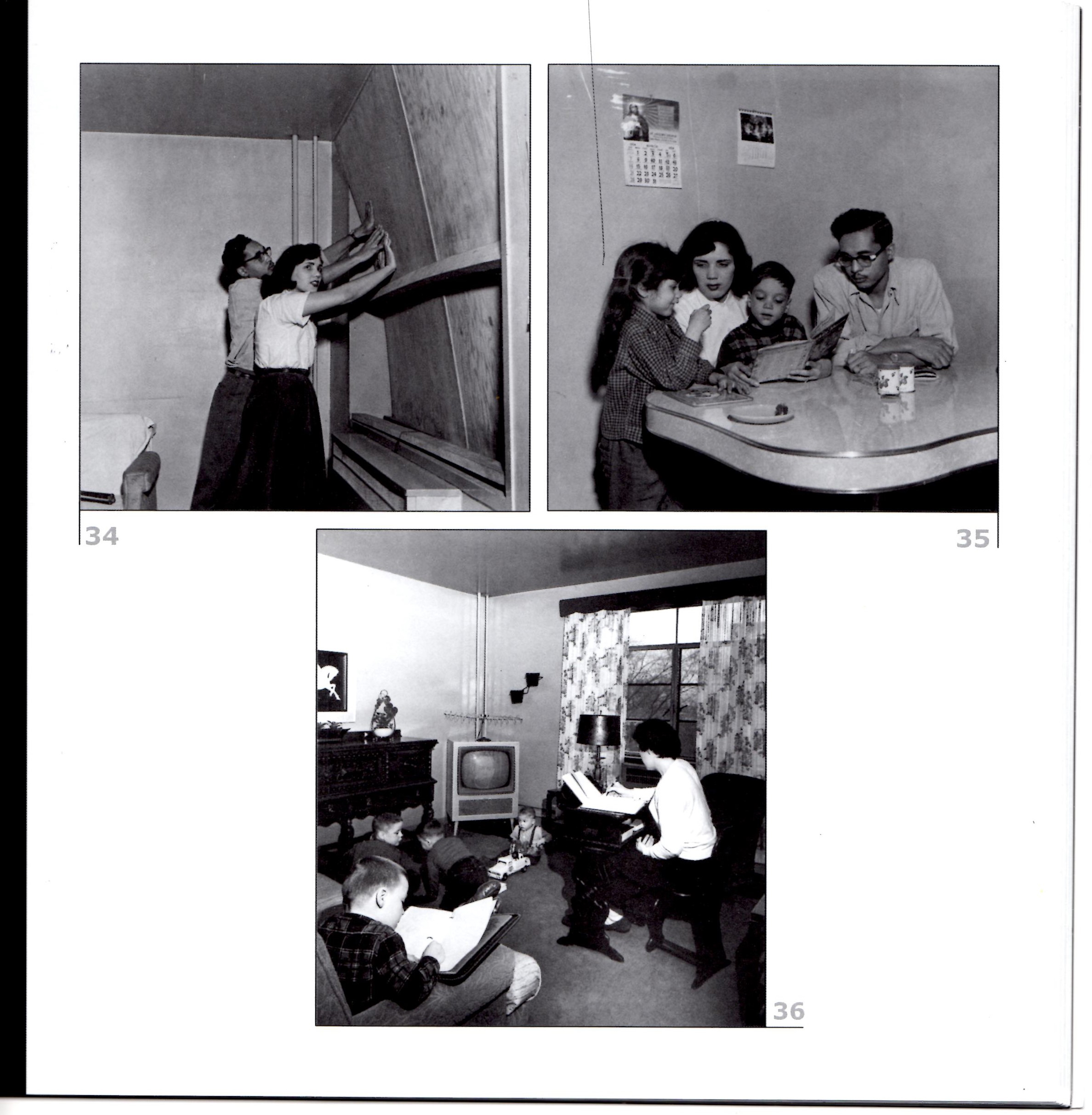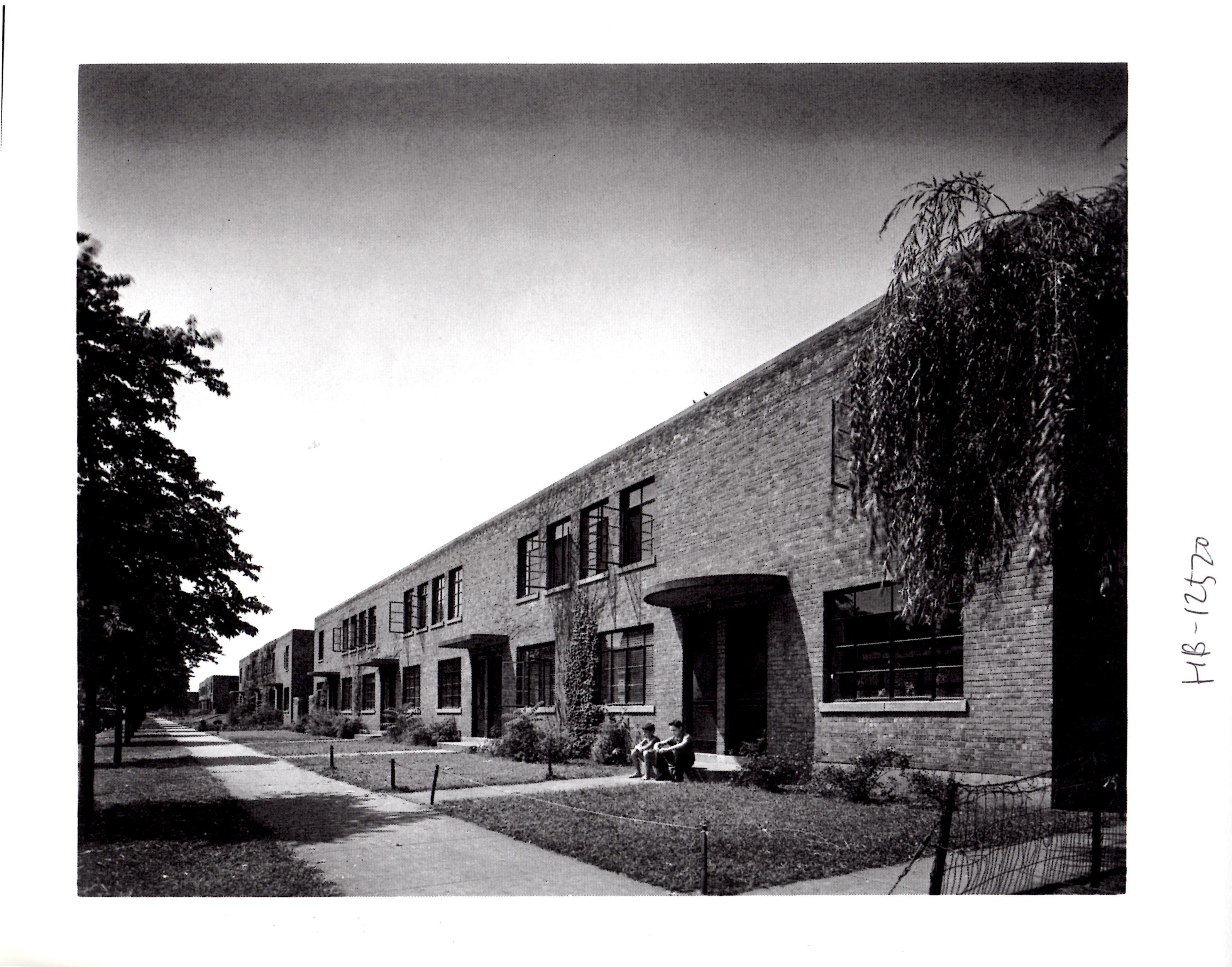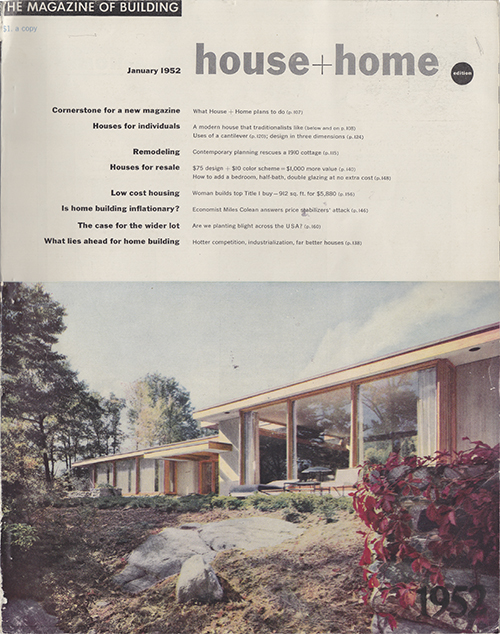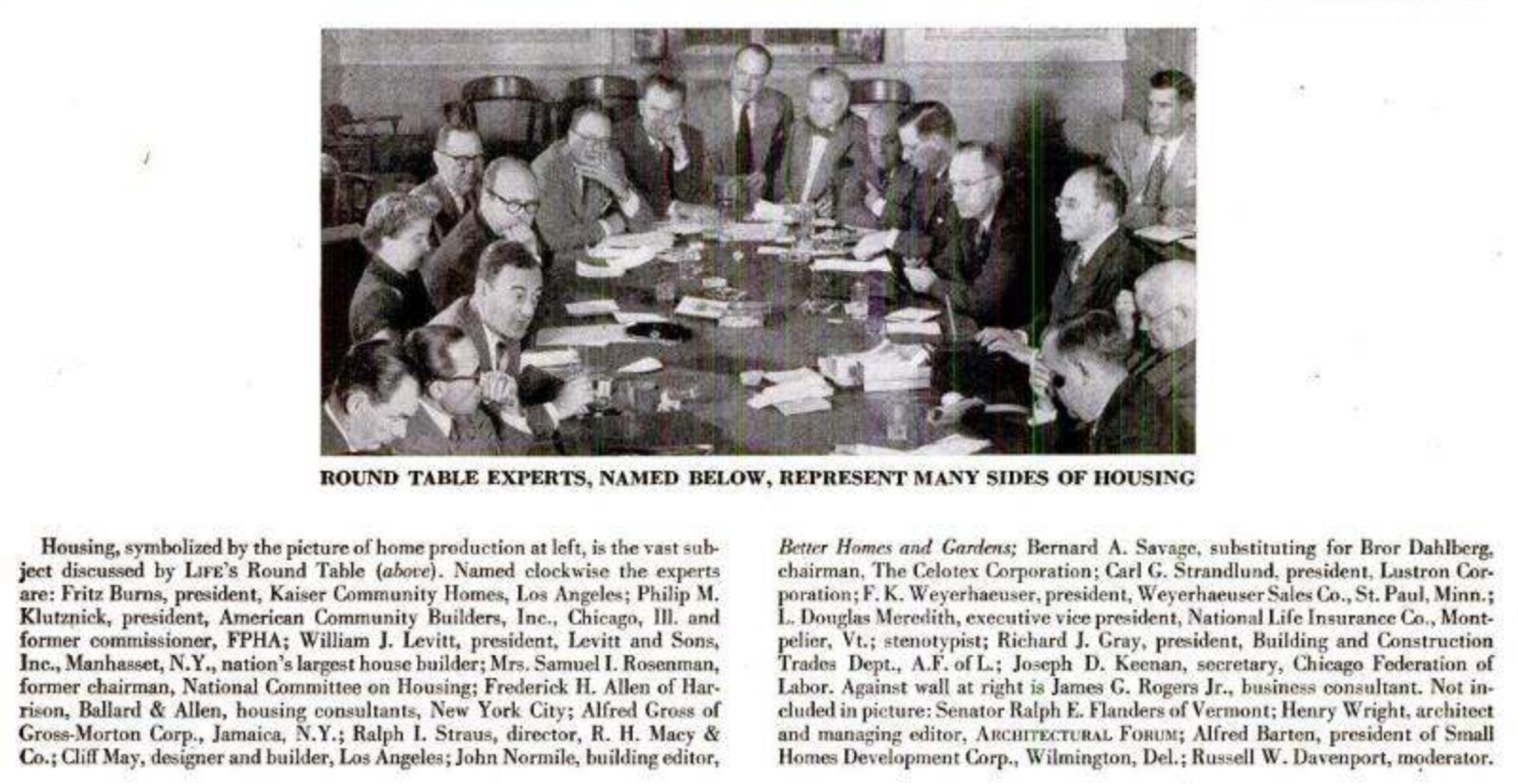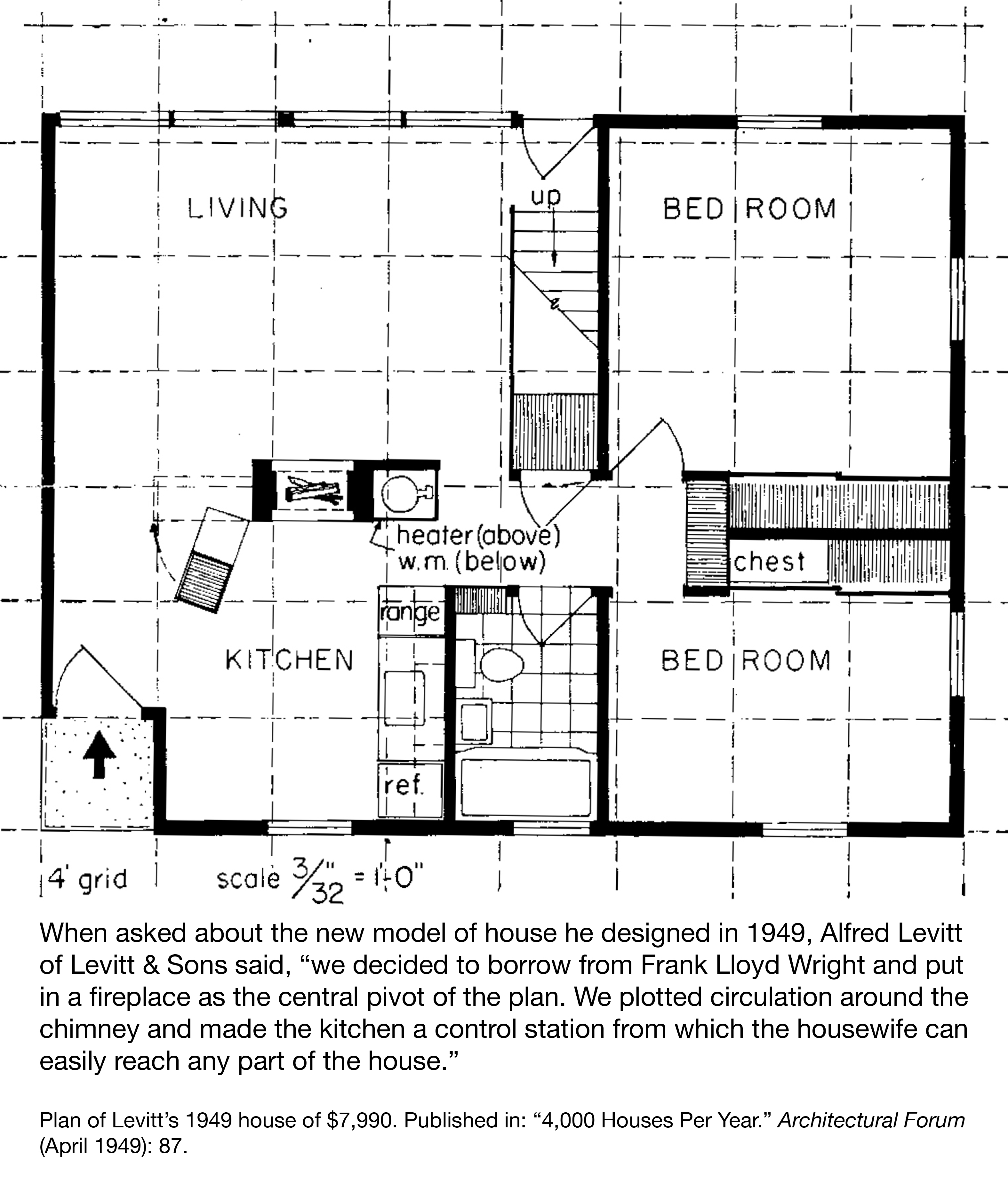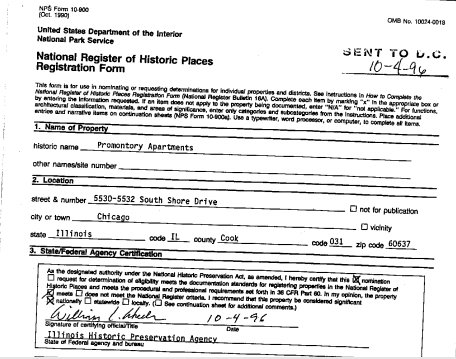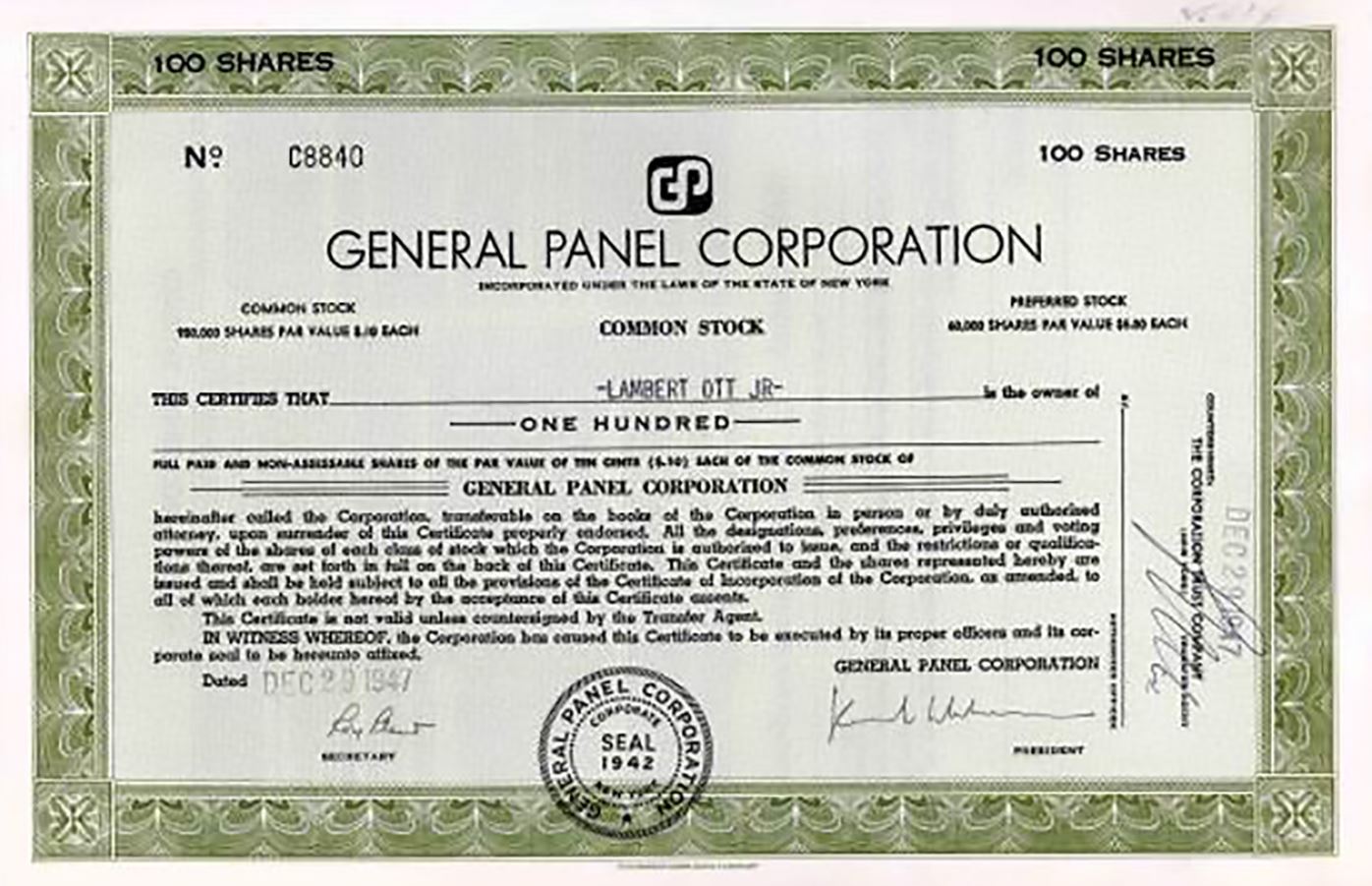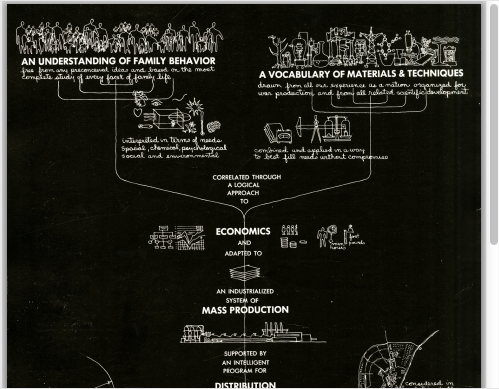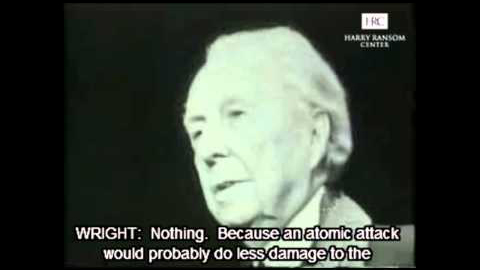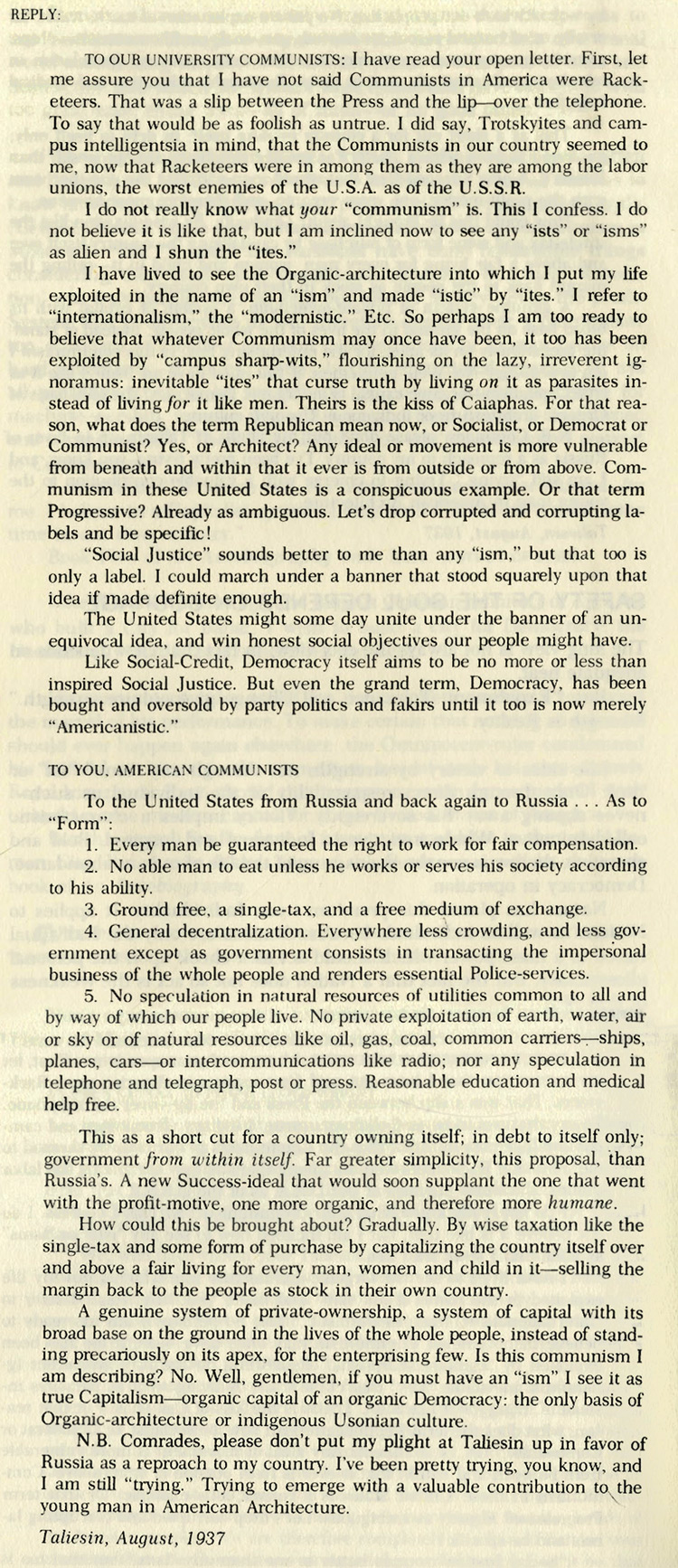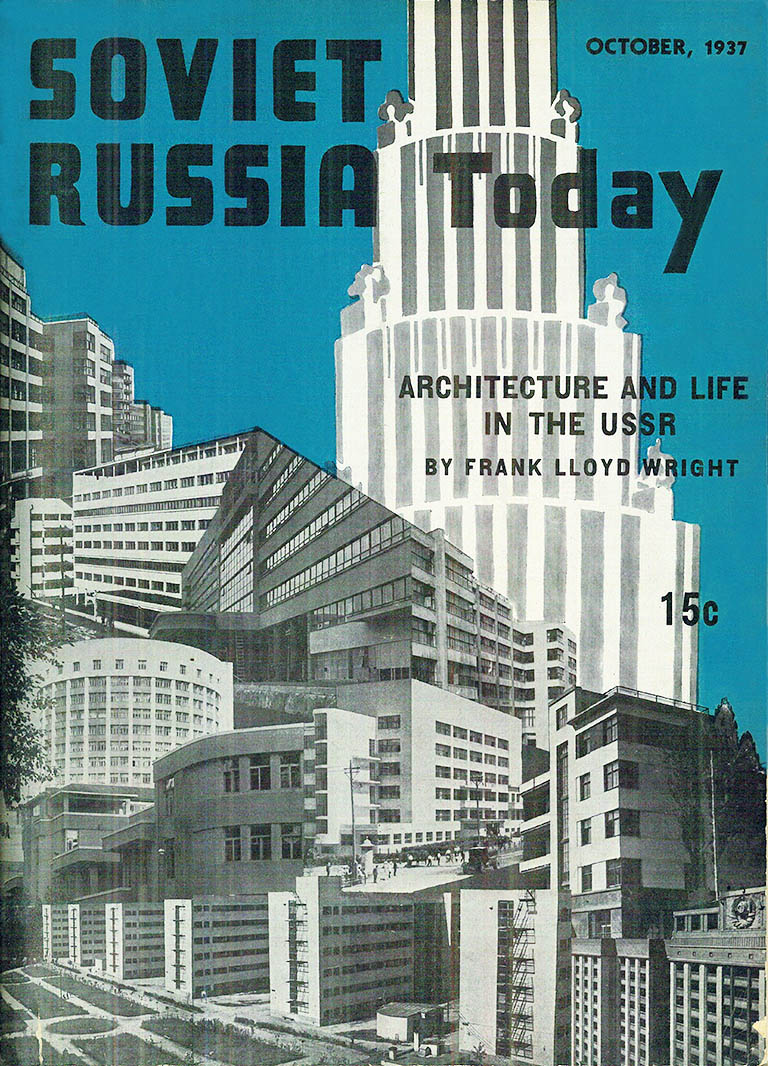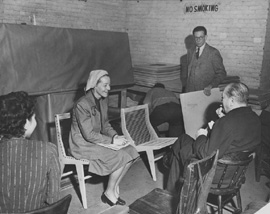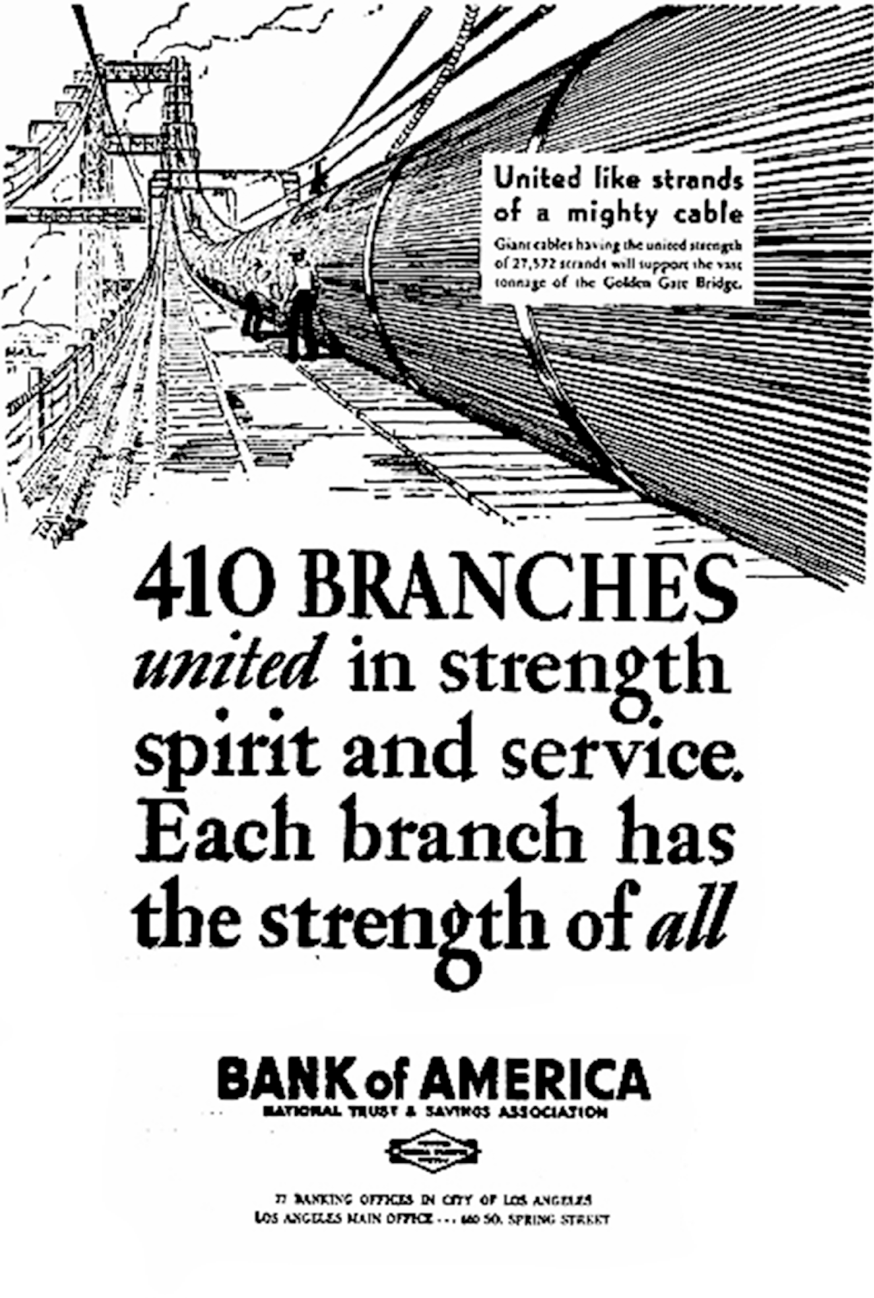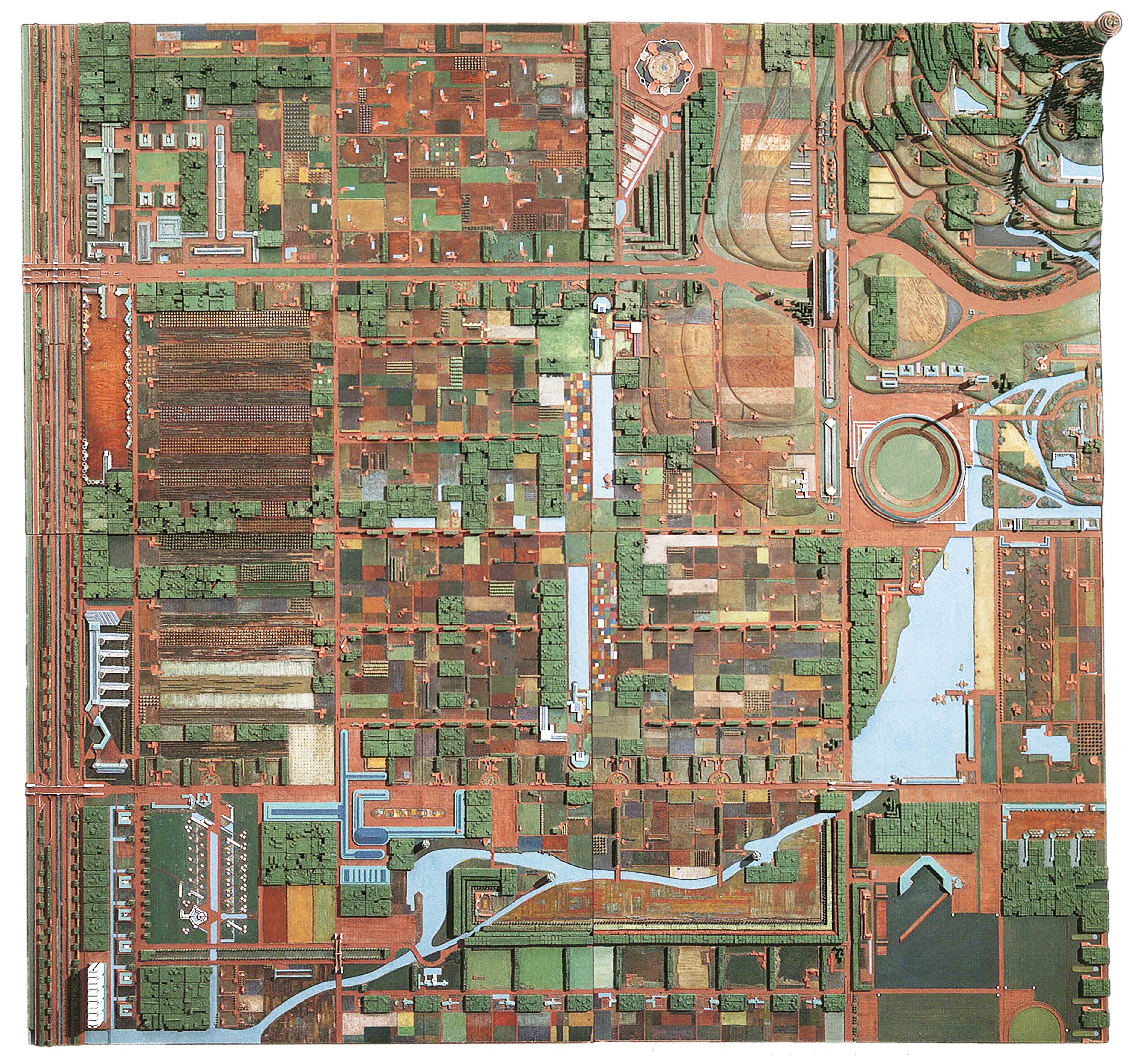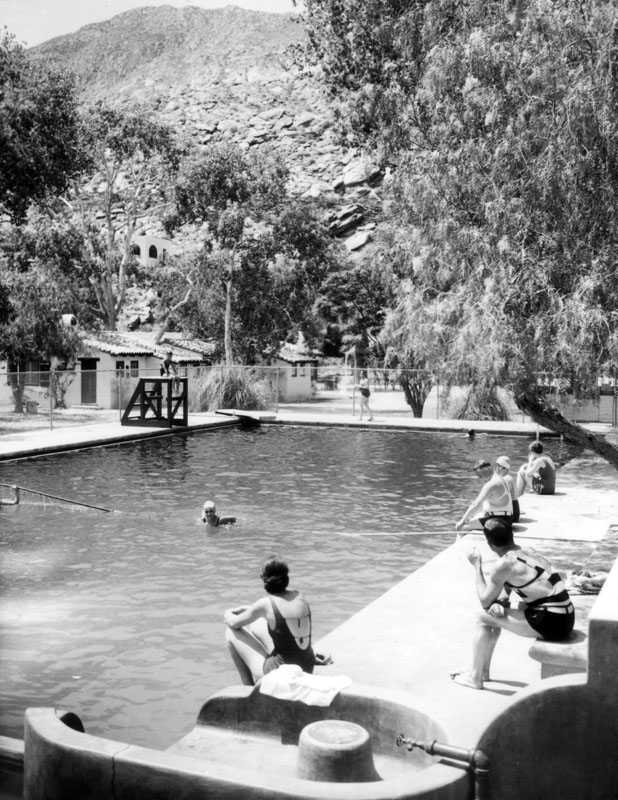Economics & History of Economics
Brown, S.J. and C.H. Liu, eds. A Global Perspective on Real Estate Cycles, The New York University Salomon Center Series on Financial Markets and Institutions, Vol. 6, Springer, 2001.
Economic analysis finding in part that global real estate markets are separate but converging.
Glaeser, Edward L. Cities, Agglomeration, and Spatial Equilibrium. New York: Oxford University Press USA, 2008.
(AKA Lindahl lectures). An accessible study in urban economics asking why people live in dense cities and how density relates to productivity. It looks also at housing prices, social interactions, and governance.
Jones, Daniel. Masters of the Universe: Hayek, Friedman, and the Birth of Neoliberal Politics. Princeton: Princeton University Press, 2012.
Intellectual and political history of neoliberalism from 1920’s Austria to the 1970’s U.S. & U.K., emphasizing the role of historical circumstances for its entry into mainstream politics.
Shiller, Robert. Irrational Exuberance. Princeton, NJ: Princeton, NJ: Princeton University Press, 2000.
A clear explanation of the formation of stock bubbles, past and present. The author finds financial markets to be both irrational and overvalued in 2000, and presents a plan for economy-and sector-wide investment markets.
Shiller, Robert. The New Financial Order: Risk in the 21st Century. Princeton, NJ: Princeton University Press, 2003.
The author presents a vigorous case for subjecting modern financial markets to an ethical system derived from John Rawls, in order to produce a more equal world which better manages risks, ranging from employment sectors to neighborhood home values to national GDPs.
Economic History
Calder, Lendol Glen. Financing the American Dream: A Cultural History of Consumer Credit. Princeton: Princeton University Press, 1999.
A social and cultural history of credit in US from 1890-1940. From pawnbrokers to consumer credit, Americans have long been trapped in debt. Calder teaches history at Augustana College.
Gelpi, Rose-Maria and Francois Julien-Labruyere, The History of Consumer Credit: Doctrines and Practices. New York: St. Martin’s Press, 2000.
A history of western credit in two parts: Hammurabi to 19th century, and 20th century. Written by French business-academics, it argues that credit has often been a scapegoat for other economic problems, and has an extensive bibliography. Part One following Weber, focuses on culture and religion. Part Two celebrates American innovations.
Hyman, Louis. Debtor Nation: The History of America in Red Ink. Princeton: Princeton University Press, 2011.
An economic and cultural history of American personal debt over the course of the 20th century. Hyman tells a nuanced story of the interactions between marketing and credit, and the complications arising from reforms as well as business innovations.
Urban History: Architecture & Planning
Beauregard, Robert. When American Became Suburban. Minneapolis: University of Minnesota Press, 2006.
Esperdy, Gabrielle. Modernizing Main Street: Architecture and Consumer Culture in the New Deal. Chicago: University of Chicago Press, 2008.
An architectural and political history of FHA-funded retail modernization which touches on social and economic questions.
Isenberg, Alison. Downtown America: A History of the Place and the People Who Made It. Chicago: University of Chicago Press, 2004.
A history of American cities from 1890 to the 1970s—City Beautiful to festival markets—which challenges narratives of the decline of main street. The book uses business and government records, brings in race and gender, and focuses mostly on downtowns and retail. Isenberg studied at Penn and teaches urban history at Princeton.
Jackson, Kenneth T. Crabgrass Frontier. New York: Oxford University Press, 1985.
Klemek, Christopher. The Transatlantic Collapse of Urban Renewal : Postwar Urbanism from New York to Berlin. Chicago: University of Chicago Press, 2011.
An intellectual history of the rise and fall of urban renewal, which also considers policy history. The urban renewal order combined modernist aesthetics with optimistic public policy, but was replaced ultimately by grassroots and neoconservative planning. Much of the study concentrates on MIT, New York City, and U Penn. Berlin, London, and Toronto also appear. Klemek teaches History at GWU.
Kostof, Spiro. The City Shaped: Urban Patterns and Meanings Through History. London: Thames and Hudson, 1991.
An architectural history of the global city as morphological pattern and historical artifact (its companion volume, City Assembled, focuses on components). Kostof taught architectural history at Berkeley.
Jennifer S. Light, From Warfare to Welfare : Defense Intellectuals and Urban Problems in Cold War America (Baltimore : Johns Hopkins University Press, 2003).
Institutional history, documenting the transfer of technologies from the military and systems analysis to urban planning. The book makes judgments on failures (dispersal planning, scenarios, cybernetics, cable tv), and successes (accounting, GIS). Light studied History of Science at Harvard and teaches Communication Studies, History, and Sociology at Northwestern’s Institute for Policy Research.
Vale, Lawrence. From Puritans to Public Housing: Public Housing and Public Neighborhoods. Cambridge: Harvard University Press, 2000.
An intellectual and policy history focusing on Boston over three centuries. Vale shows how charity and concepts like the “public neighbor" evolve, and how poverty becomes displaced and federalized over time. Vale teaches history of urban design at MIT.
Zipp, Samuel. Manhattan Projects: The Rise and Fall of Urban Renewal in Cold War New York. New York: Oxford University Press, 2012.
A history of urban renewal between the 1940s and 1970s, the book draws on NYCHA archives to document the redevelopment processes for four large projects, and reconstructs the neighborhoods which existed before, in order to question the designation of “blight." A vertical global, metropolis is pitted against intimate neighborhoods defended by Jacobs and others. Battle lines are complex, with geopolitical influences, and tensions between progressives and working class residents. Zipp matriculated in American Studies at Yale and teaches at Brown.
Business & Labor
Cowie, Jefferson. Capital Moves : RCA’s Seventy-Year Quest for Cheap Labor. Ithaca, NY: Cornell University Press, 1999.
A labor, business, and geographical history tracing RCA’s series of relocations in search of cheaper labor, through the US and Mexico from 1930 to the 1990s. Cowie teaches labor history at Cornell.
Harris, Richard. Building a Market: The Rise of the Home Improvement Industry, 1914–1960. Chicago: University of Chicago Press, 2012.
A scholarly history of the home improvement store (and the do-it-yourselfer), bringing in economic, demographic, planning information, as well as business archives and consumer retail history. Harris teaches historical geography at McMaster University.
Loeb, Carolyn. Entrepreneurial Vernacular: Developers’ Subdivisions in the 1920s. Baltimore: Johns Hopkins University Press, 2001.
A business, social, and architectural history, using three case studies looking at different classes of housing in San Francisco and Detroit. Building on Marc Weiss, Loeb connects the history of large developers with builders and tradespeople. The book considers standardization, the constrained role of architects in design, and the neighborhood unit. Loeb studied at CUNY Grad Center and teaches art and architectural history at Michigan State.
Radford, Gail. Modern Housing for America: Policy Struggles in the New Deal Era. Chicago: University of Chicago Press, 1996.
A history of housing policy and politics in the 1930s, focusing on Catherine Bauer, nonprofits, the PWA. Case studies in Philadelphia and Harlem detail the influence of social housing on American urbanism, as well as the resistance it faced, especially from NAREB. Advocates of broad-based public housing ultimately lost out by accepting a system targeted at the poor. Radford teaches American history at SUNY Buffalo.
Rilling, Donna. Making Houses, Crafting Capitalism: Builders in Philadelphia, 1790-1850. Philadelphia: University of Pennsylvania Press, 2000.
A clear description of the complex histories of microeconomics, contracting, and construction in antebellum Philadelphia, the book abandons the decline of the artisan narrative in favor of continuity in the face of changing material and economic conditions. It explains the ground-rent system (which lowered barriers to entry for builders) and focuses on the role of the mechanic-builder. Rilling teaches history at Stony Brook.
Class
Beckert, Sven. The Monied Metropolis : New York City and the Consolidation of the American Bourgeoisie, 1850-1896. Cambridge, UK: Cambridge University Press, 2001.
A history of the rise of the industrial bourgeoisie, which details the interconnections of state and business interests, and patterns of consumption as they displace the earlier, mercantile elite. Beckert teaches American History at Harvard.
Cohen, Lizabeth. A Consumer’s Republic: The Politics of Mass Consumption in Postwar America. New York: Alfred A. Knopf, 2003.
A socio-cultural and political history from 1930 to 2000. Good citizenship and consumerism became conjoined in the postwar US consumer culture, while fragmenting along lines of race, class, and gender. Focusing on New Jersey, it includes sections on the suburban spaces of housing and shopping malls. Cohen studied at Berkeley and teaches American Studies at Harvard.
Hornstein, Jeffrey M. A Nation of Realtors: A Cultural History of the Twentieth-Century American Middle Class. Durham: Duke University Press, 2005.
Cultural history of the professionalization of the curbstone broker into the realtor, crucially in the 1920s. The book also traces the turn to homeownership as the American Dream by the postwar, and the entry of women into the field in the 1950s. Hornstein is an independent scholar with a Phd from UMd.
Harris, Richard. Unplanned Suburbs : Toronto’s American Tragedy, 1900 to 1950. Baltimore, MD: Johns Hopkins University Press, 1996.
A history emphasizing the significance of working-class owner-builders in Toronto suburbs, it challenges narratives of speculative development and the white, nuclear family house. As sanitary standards, taxes, and codes encroached, these workers were forced to sell to wealthier occupants.
Lisa McGirr, Suburban Warriors : The Origins of the New American Right (Princeton, N.J.: Princeton University Press, 2001).
History of the rise of new right in the 1960s, taking Orange County, California as case study. Rather than the decline of the Democratic coalition, the book traces the modern rise of an anti-government, religious class in an environment lacking traditional community, and shows how its fears mutate from anti-communism to law and order over time. McGirr teaches history at Harvard.
Massey, Douglas S. et al. (Len Albright, Rebecca Casciano, Elizabeth Derickson, and David N. Kinsey). Climbing Mount Laurel:The Struggle for Affordable Housing and Social Mobility in an American Suburb. Princeton, New Jersey: Princeton University Press, 2013.
Nicolaides, Becky. My Blue Heaven: Life and Politics in the Working-Class Suburbs of Los Angeles, 1920–1965. Chicago: University of Chicago Press, 2002.
A scholarly, thick, data-rich portrait which argues for bottom-up origins to segregation and working-class conservatism. In considering industry, consumption, religion, and the importance of the family home, it contrasts with approaches emphasizing policy and the elite suburbs. Nicolaides received a PhD in history from Columbia, was tenured at UCSD, and is now an independent scholar.
Osman, Suleiman. The Invention of Brownstone Brooklyn: Gentrification and the Search for Authenticity in Postwar New York. New York: Oxford University Press, 2011.
An urban renewal history documenting the gentrification of Brooklyn in the 1950s and 60s by white-collar liberals pitted against technocratic urban renewal on one hand, and the Democratic machine on the other. Restored brownstones anchored idealized histories of the neighborhoods mobilized by this emerging social group. Suleiman studied at Harvard and teaches American Studies at GWU
Culture
De Grazia, Victoria. Irresistible Empire: America’s Advance through Twentieth-Century Europe. Cambridge, MA: Belknap Press, 2005.
A history of American business and consumer culture’s effects on, appropriations of, and transformations by Europe. The study especially focuses on the interwar period and works through a series of case studies: Rotary Club, chain stores, standard of living, Ford, brand names, and advertising. De Grazia studied and teaches history at Columbia.
Environment
Rome, Adam. The Bulldozer in the Countryside: Suburban Sprawl and the Rise of American Environmentalism. New York: Cambridge University Press, 2001.
An environmental history of the suburbs in the 1950s and 60s, looking at the ironies and conundrums inherent to sprawl. Sections cover the growth of energy consumption and under-insulated homes; federal actions, like the sponsorship of sewers in the 60s; the growth of environmentalism by residents of suburbs; and the failure of the 1970 Land Use act in the face of development interests and property rights. Rome teaches environmental history at the University of Delaware.
Race
Gotham, Kevin Fox. Race, Real Estate, and Uneven Development: The Kansas City Experience, 1900-2000. Albany: State University of New York Press, 2002.
A political history of segregation arguing that segregation was an intentional goal of government and real-estate institutions.
Hirsch, Arnold. Making the Second Ghetto: Race and Housing in Chicago, 1940–1960. Chicago: University of Chicago Press, 1998.
Urban history documenting the production of the postwar ghetto via public and private discrimination and urban renewal.
Brooks, Charlotte. Alien Neighbors, Foreign Friends: Asian Americans, Housing, and the Transformation of Urban California. Chicago: University of Chicago Press, 2009.
A social, political, and urban history of Asian Americans in 20th-century California. In explaining the dramatic transformation in Asian American rights in the 40s and 50s, the book emphasizes cold war geopolitics. Brooks teaches history at Baruch.
Diaz, David R. Barrio Urbanism: Chicanos, Planning, and American Cities. New York: Routledge, 2005.
An urban-planning and policy history of Chicanos in the 20th century, tracing migrations, and looking at the blind spots of planning with respect to poverty, racism, environmental justice, and land use.
Freund, David. Colored Property: State Policy and White Racial Politics in Suburban America. Chicago: University of Chicago Press, 2007.
This book is half history of 20th century segregation in the U.S., half case studies rooted in Detroit. Freund argues for a more continuous history of suburbanization, in that early suburbs were adjacent to and indistinguishable from cities.
Loewen, James W. Sundown Towns. New York: Simon and Schuster, 2005.
Satter, Beryl. Family Properties: How the Struggle over Race and Real Estate Transformed Chicago and Urban America. New York: Henry Holt, 2009.
Sugrue, Thomas J. The Origins of the Urban Crisis: Race and Inequality in Postwar Detroit. Princeton, NJ: Princeton University Press, 1996.
In determining the cause of postwar urban crises, Penn urban historian Sugrue argues against the simple narrative that riots caused white flight in his look at 1940s Detroit. Factors include wartime black immigration, spatial discrimination by working class whites, postwar unemployment, a McCarthyite resistance to economic reform, and the inability of middle class blacks to move out of the ghetto.
Thomas, June Manning and Marsha Ritzdorf, eds. Urban Planning and the African American Community: In the Shadows. Thousand Oaks, California: Sage Publications, 1997.
Wiese, Andrew. Places of Their Own: African American Suburbanization in the 20th Century. Chicago: University of Chicago Press, 2004.
With demographic and policy evidence, as well as first-person accounts, this book argues for the importance of black suburbanization and middle-class emergence. This history stretches from 1900 to beyond the civil rights era, but peaks in the mid-20th century. It looks at a handful of suburbs in the South, Northeast, and Midwest. Wiese studied urban history at Columbia and teaches at San Diego State.
Collections
Sugrue, Thomas J. and Kevin M. Kruse. The New Suburban History. Chicago: University of Chicago Press, 2006.
The new suburban history this book represents challenges the earlier generation of suburban histories by presenting a heterogeneous, nonconformist suburbia. Essays tackle racial diversity, integration, coalitions, and busing; tax revolts; elite, university suburbs; etc. Sugrue has a book in progress titled For Sale: Real Estate and the Building of Modern America
Law & Legal History
Banner, Stuart. American Property: A History of How, Why, and What We Own. Cambridge: Harvard University Press, 2011.
A readable, theoretical study of legal changes over several centuries of history, with attention to unusual cases. Banner is a legal historian at UCLA.
Mann, Bruce H. Republic of Debtors: Bankruptcy in the Age of American Independence. Cambridge, MA: Harvard University Press, 2002.
A history of the reform of debt laws in the late 18th century, focusing on the importance of commerce in changing the image of the debtor, culminating in the federal bankruptcy law of 1800.
Policy & Political Science
Acharya, Viral V., Matthew Richardson, Stijn Van Nieuwerburgh and Lawrence J. White. Guaranteed to Fail: Fannie Mae, Freddie Mac, and the Debacle of Mortgage Finance. Princeton, NJ: Princeton University Press, 2011.
Policy-oriented bibliography by four professors at the NYU Stern School.
Bauman, John F., Roger Biles, and Kristin M. Szylvian, eds. From Tenements to the Taylor Homes: In Search of an Urban Housing Policy in Twentieth Century America. University Park, Pennsylvania: The Pennsylvania State University Press, 2000.
Caplin, Andrew, Sewin Chan, Charles Freeman, and Joseph Tracy. Housing Partnerships: A New Approach to a Market at a Crossroads. Cambridge, MA: MIT Press, 1997.
Economic policy proposal for an alternative to mortgages, where institutional investors would share home equity with homeowners
Fischel, William A. Do Growth Controls Matter? A Review of Empirical Evidence on the Effectiveness and Efficiency of Local Government Land Use Regulation. Cambridge, MA: Lincoln Institute of Land Policy, 1990.
A balanced review of a number of studies on land use controls with respect to efficiency, property values, and so on; arguing ultimately that most controls do impose a net cost
Singer, David Andrew. Regulating Capital: Setting Standards for the International Financial System. Ithaca, NY: Cornell University Press, 2007.
Writing just before the crash, Singer uses public choice theory to understand why some international accords, like Basel II (bank reserves) succeed, while others (securities) fail or do not become issues (insurance). Looking at U.S., U.K., and Japan, he argues that powerful nations are able to come together to produce standards to their benefit.
Sociology and Sociological history
Massey, Douglas and Nancy A. Denton. American Apartheid: Segregation and the Making of the Underclass. Cambridge: Harvard University Press, 1998.
A sociological history of American segregation in the 20th century. Using a significant amount of data, it argues that segregation is a product of 20th century industrialization. After the civil rights era, segregation persisted in the form not of explicit codes, but private forms of discrimination and steering practices. Redlining and deindustrialization left ghettos isolated from jobs and resources, and made race outweigh class in determining mobility. The authors conclude with a call for a comprehensive reform of the American real estate system focused on better integration rather than on increased spending in ghetto areas.
Oliver, Melvin. Black Wealth/White Wealth: A New Perspective on Racial Inequality. New York: Routledge, 1995.
This sociological study of racial stratification makes the argument that wealth is a better indicator than income for understanding poverty, and makes policy recommendations. Blacks and whites have similar savings patterns; what sets whites apart is inherited income, access to capital, and home values.
Sassen, Saskia. The Global City: New York, London, Tokyo. Princeton, NJ: Princeton University Press, 1991.
This landmark book posits global cities as centers of control, finance, innovation, and consumption. It provides empirical data, details capital flows, and describes new labor conditions. The global city concentrates power and inequality, while production is dispersed.
Zukin, Sharon. Landscapes of Power: From Detroit to Disneyworld. Berkeley: University of California Press, 1991.
As an analysis of the contemporary city, the book displays the influence of critical geography and public sphere theory as it identifies a new alignment between finance and place. It looks at five case studies: two steel towns, New York’s corporate suburbs, lower Manhattan, and Disneyworld. Zukin teaches sociology at Brooklyn College and CUNY Grad Center.
Urban practice
Duany, Andres and Jeff Speck with Mike Lydon. The Smart Growth Manual. New York: McGraw Hill, 2010.
A guide for implementing new urbanism, full of policy, planning, and architectural directives. Theory is mixed in with practical advice.
Fainstein, Susan. The City Builders: Property Development in New York and London, 1980-2000. 2nd ed. Lawrence, KS: University Press of Kansas, 2001.
Urban planning analysis of three pairs of case studies, eg. Times Square and King’s Cross, with nuanced assessments of public-private partnerships. It begins with recent political economic history with respect to business cycles and urban policy, and concludes with an attack on post-structuralist critique and a call for an enlightened version of public-private development.
Dissertations
Flint, Barbara J. "Zoning and Residential Segregation: A Social and Physical History, 1910–1940," University of Chicago, 1977.
Gyger, Helen. "The Informal as Project: Self-Help Housing in Peru." Columbia, 2012. Advisor: Reinhold Martin.
Stevens, Sara Kathryn. "Developing Expertise: The Architecture of Real Estate, 1908-1965," Princeton, 2012. Advisor: Sarah Whiting.
A business and institutional history following developers in the early 20th century as they gain expertise in greenfield development, then apply this in the postwar via urban redevelopment. There are several case studies: J.C. Nichols in Kansas City, Herbert Greenwald in Chicago, and William Zeckendorf in New York. It looks also at professionalization, the ULI, finance and life-insurance investment.
Popular Press
Bernstein, Peter L. Against the Gods: The Remarkable Story of Risk. New York: John Wiley and Sons, 1996.
An entertaining, non-academic history of risk management from ancient Greece to the present
Hall, Craig. Timing the Real Estate Market: How to Buy Low and Sell High in Real Estate. New York: McGraw-Hill, 2003.
Tips on how to make a killing in commercial real estate
Kamenetz, Anya. Generation Debt: Why Now is a Terrible Time to be Young. New York: Riverhead Books, 2006.
Popular, journalistic account of the plight of 18–29 year olds, using economic data and cultural analysis to document a generation indebted by new conditions at universities, workplaces, and government
Morris, Charles R. The Two Trillion Dollar Meltdown: Easy Money, High Rollers, and the Great Credit Crash. New York: Public Affairs, 2008.
Bestselling book from a lawyer and former banker, explaining the 2008 crash by clearly laying out its mechanisms and problems, starting more-or-less with the rise of Friedman the 1960s, and evolving into a lack of regulation.
